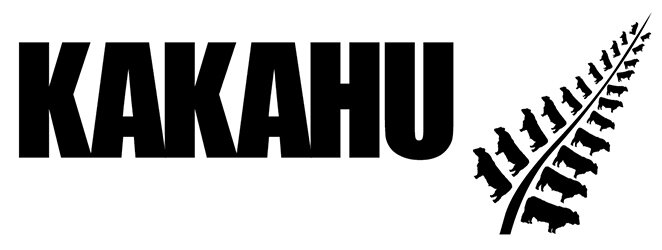Our Charolais Genetics
The Charolais breed have become a very important part of the New Zealand beef model.
We are breeding Charolais to fit into both the beef and dairy models for calving ease and growth. We also look closely at the carcass qualities that the Charolais can offer - above average IMF and all the strong carcass traits your calves need in order to meet the requirements the finishers are demanding.
Kakahu are fully committed to refining the genetics in our Charolais herd, to make this breed compete with other breeds in both maternal attributes and carcass qualities.
For the dairy model we have been using genetics that pinpoint calving ease and gestation length. We ultimately want to give the dairy farmer a real opportunity to get premium prices for good quality, crossbred calves and help them maintain those premiums for calf rearers and finishers alike.

2 Year Bulls Sold by Private Treaty
Available from May 2024
Reference Sires
Our Charolais sires are carefully selected for high growth, short gestation and calving ease…
EBVs explained…
The science producing cattle that are both more efficient, and more profitable.
An animal’s breeding value is its genetic merit, half of which will be passed on to its progeny. While we will never know the exact breeding value, for performance traits it is possible to make good estimates. These estimates are called Estimated Breeding Values (EBVs).
In the calculation of EBVs, the performance of individual animals within a contemporary group is directly compared to the average of other animals in that group. A contemporary group consists of animals of the same sex and age class within a herd, run under the same management conditions and treated equally. Indirect comparisons are made between animals reared in different contemporary groups, through the use of pedigree links between the groups.
EBVs are expressed in the units of measurement for each particular trait. They are shown as + ive or – ive differences between an individual animal’s genetics difference and the genetic base to which the animal is compared. For example, a bull with an EBV of +50 kg for 600-Day Weight is estimated to have genetic merit 50 kg above the breed base of 0 kg. Since the breed base is set to an historical benchmark, the average EBVs of animals in each year drop has changed over time as a result of genetic progress within the breed.
The absolute value of any EBV is not critical, but rather the differences in EBVs between animals. Particular animals should be viewed as being “above or below breed average” for a particular trait.
Whilst EBVs provide the best basis for the comparison of the genetic merit of animals reared in different environments and management conditions, they can only be used to compare animals analysed within the same analysis. Consequently BREEDPLAN’s analysis cannot be validly compared with EBVs for any other breed.
Although EBVs provide an estimate of an animal’s genetic merit for a range of production traits, they do not provide information for all of the traits that must be considered during selection of functional animals. In all situations, EBVs should be used in conjunction with visual assessment for other traits of importance (such as structural soundness, temperament, fertility etc). A recommended practice is to firstly select breeding stock based on EBVs and to then select from this group to ensure that the final selections are otherwise acceptable.
EBVs are published for a range of traits covering fertility, calving ease, milking ability, growth, carcass merit and feed efficiency. When using EBVs to assist in selection decisions it is important to achieve a balance between the different groups of traits and to place emphasis on those traits that are important to the particular herd, markets and environment. One of the advantages of having a comprehensive range of EBVs is that it is possible to avoid extremes in particular traits and select for animals with balanced overall performance.

